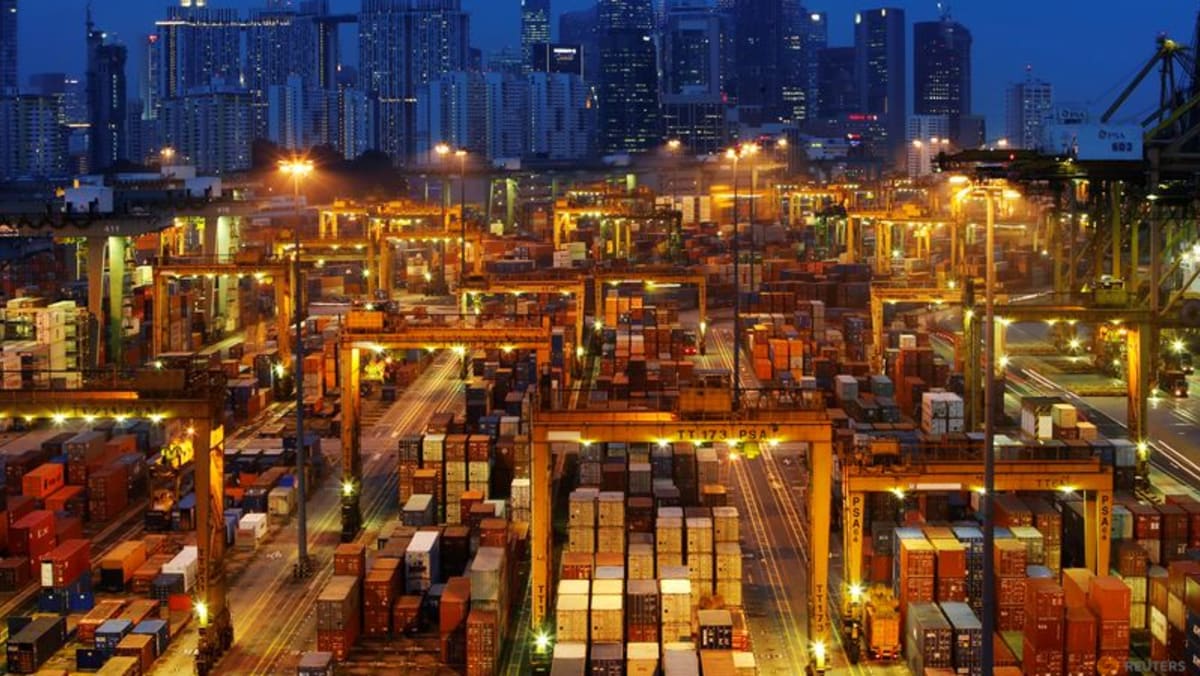This 10 per cent duty is still in place as a “baseline”, according to the Trump administration.
The HSBC economist said it is likely that investment activities will remain restrained due to the “overhanging” uncertainty which US trade policy changes have “injected into the global economy”.
SMBC’s Mr Ng said if the US and China markets experience some moderate demand from this temporary walkback in reciprocal tariffs, it may help boost modest growth prospects for Singapore’s exports and its overall growth.
He noted that tariff negotiations are still ongoing between other countries and the US.
If such talks lead to more trade being diverted away from Singapore, Mr Ng said this may then dampen Singapore’s economic prospects.
CAUTIOUSLY HOPEFUL ON EXTERNAL OUTLOOK
Mr Ng said the temporary cuts in reciprocal tariffs by the US and China may help to support both nations’ currencies, leading to a slight recovery against the Singapore dollar.
He said that the Singapore dollar is still expected to perform quite well against a basket of currencies of Singapore’s main trading partners.
“I still think there are some risks or disruptions to global trade,” said Mr Neumann, adding that restrained investment activity may still lead to Singapore facing headwinds in sectors exposed to external trade flows.
He added that the financial services sector is doing very well, with domestic consumption still a major growth driver for Singapore’s economy.
As other countries continue to face negotiations with the US, Mr Neumann said it remains important for Singapore to focus on more domestic-oriented sectors, which he thinks are more resilient amid this tariff uncertainty.
For now, analysts are sticking to their full-year forecasts of about 2 per cent growth for Singapore’s economy.
